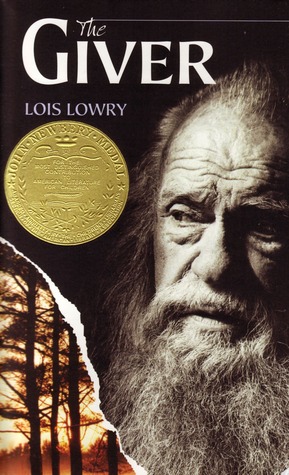Dirty Pretty Things by Michael Faudet is a collection of poems, short stories, and quotes of love, lust, and heart-wrenching loss. Faudet, the long-time partner of poet Lang Leav, released the collection as his first book in 2014. The two worked together in many aspects of the book from editing to publication as well as the signing tour, the introduction of the book even features a short piece from Leav that shows her admiration of him as a fellow writer as well as her lover.
Faudet captures a wide array of human emotions through his work with a powerful lack of censorship and refusal to follow a typical or traditional pattern. He showcases his versatility through this piece by offering a variety of works in many different styles of writing, all centered around the most intimate aspects of his personal life and painting an image of who he is as well as how he came to be the writer he is today.
Perhaps the most vulgar collection centered around love and human desires that I’ve read thus far, reading Dirty Pretty Things was an entirely new experience. At times I caught myself wondering things such as “Can he say that in here?” or even physically cringing at certain phrases or mental images that would be typically censored or simply not told in poetry and short stories in today’s society. These reactions caused me to dwell not only on the human condition and what I’ve been lead to believe was acceptable, but also opened my eyes to the reality of writing not introduced to us in a structured learning environment.
Writing is not always pretty. What we learn in schools is not necessarily reality, but a watered-down version of it. Contrary to classroom censorship; life can be hideous, life can be vulgar, it can be one of the most grotesque things humans ever experience, but in that there is beauty. There often isn’t a happy ending waiting on the other side of a mountain of struggle; depression can kill even the biggest smiles, anxiety can bring a bitter end to the most wonderful relationships, only a fraction of endings result in smiles and fond memories, but all can provide entertainment.
Heartache, love, and lust are feelings most (if not all) people can relate and connect to. Faudet realizes this and embraces it with gritty phrasing and primal imagery, often throwing in an element of sarcasm. Through his work, he is able to reach the minds of many, whether they be teenagers driven by heartache and infatuation or adults who’ve matured well past their teenage years and wish to have a moment of recollection and think back to names and nights forgotten. Through his raw emotion and lack of censorship, he’s created a style of writing far different than any I’ve seen thus far.
Pieces in Dirty Pretty Things can range from only a few words or lines to several pages long, each conveying its own message, a timestamp in the author’s life. I enjoyed reading it and experiencing different moments from the poet’s life.


